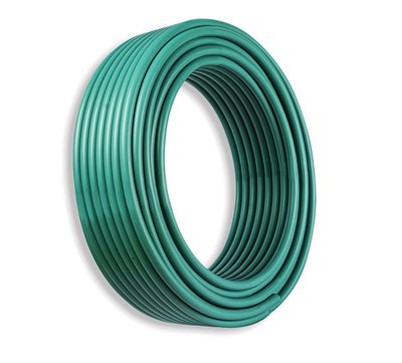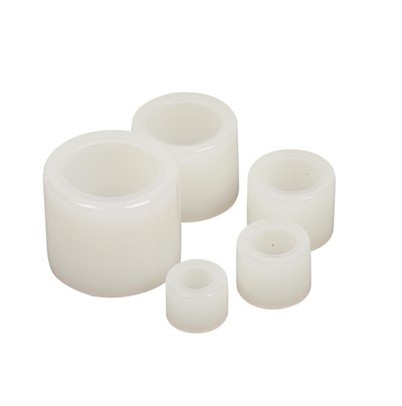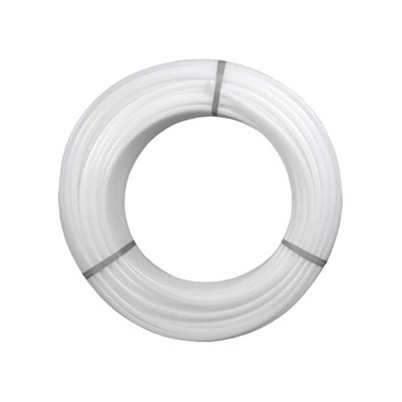Installation standards for sewage pipes
Leave a message
1、 Basic concepts of sewage pipes
A sewage pipe refers to a pipeline system that discharges domestic, industrial, and rainwater wastewater into sewage treatment plants, rivers, lakes, and other places through pipelines. The main function of sewage pipes is to concentrate, transport, and treat wastewater, ensuring the health and stability of human life and ecological environment.
2、 Installation standards for sewage pipes
(1) Basic principles
The installation of sewage pipes must comply with relevant national and local standards and specifications, while also ensuring installation quality and effectiveness to achieve safety, reliability, and hygiene. When installing sewage pipes, the following principles must be followed:
1. Ensure the safety and stability of pipelines, and prevent problems such as water leakage, blockage, and vibration from occurring.
2. Follow reasonable design schemes and construction techniques to improve the performance and efficiency of the pipeline system.
3. Ensure the health and safety of personnel and the environment, and pay attention to risk assessment and prevention during the construction process.
4. Ensure that the sewage pipe has good water tightness, drainage performance, corrosion resistance, and durability.
Sewage pipe
(2) Pipeline material
The material of the sewage pipe should meet the following requirements:
1. Ensure that the pipeline has good durability and corrosion resistance to resist various irritating media and chemical substances.
2. Ensure the flatness and smoothness of the inner diameter of the pipeline to avoid accumulation of dirt and reduce resistance inside the pipeline.
3. The pipeline material must comply with relevant national and local standards and specifications to ensure safety, reliability, and hygiene.
Commonly used materials for sewage pipes include cast iron, steel-plastic composite pipes, plastic pipes, fiberglass pipes, etc.
(3) Construction process
The construction process of sewage pipes must follow the following principles:
1. Ensure that construction personnel have the necessary skills and experience, master relevant knowledge of pipeline installation, and follow the principles of safety, environmental protection, quality, and efficiency.
2. Construct according to the requirements of the design plan to ensure the integrity, continuity, and stability of the pipeline system.
3. Install in strict accordance with relevant national and local regulations and standards, and inspect the embedment and offset of connectors to ensure qualified installation quality.
4. Ensure safe construction, if necessary, add warning signs, post warning language, and provide safety training for construction personnel.
(4) Pipeline gradient
The sewage pipe adopts negative pressure drainage method, so it is necessary to set appropriate gradients to effectively discharge sewage. The design of horizontal pipelines requires that the depth of accumulated water within the dimensions of the pipeline should not exceed 0.01 times the pipe diameter. Inclined supports should be installed at the joints of the three and four ways of the inclined pipeline. The slope of sewage pipes is generally between 0.5% and 1%, and the gradient of underground sewage pipes should not exceed 3%.
(5) Volume calculation
The calculation of pipeline volume is a necessary step to ensure the normal operation and design of the pipeline system. The volume is mainly calculated based on design requirements and the volume occupied by accessories such as pipe lengths, elbows, tees, and crosses. When calculating, based on the actual layout of the sewage pipes and the surrounding environment, a reasonable estimate of the possible future emissions is made to ensure the effective operation of the sewage pipes.
(6) Ventilation and odor prevention
The sewage pipeline needs to have good ventilation and odor prevention performance. Ventilation mainly aims to avoid the accumulation of gas in the pipeline, prevent the occurrence of combustion and explosion, and eliminate odors in the drainage pipeline, reducing the pollution intensity and hygiene issues of pollutants. For this purpose, ventilation and exhaust ports are usually installed at the top and bottom of the sewage pipeline. Odor prevention is mainly carried out through equipment and structures. During the installation process, three prevention equipment and materials are selected, and the pipeline system is arranged reasonably to prevent odor from polluting the surrounding environment.
(7) Facility settings
When installing sewage pipelines, relevant facilities need to be installed, and common facilities are as follows:
1. Inspection well: installed at the location where the direction of the sewage pipe network changes to facilitate the cleaning of foreign objects in the pipeline.
2. Reverse bend elbow: Adjust the direction of the sewage pipe at easily clogged points to avoid pipeline blockage.
3. Sewage sedimentation tank: Set up at the place where kitchen and domestic sewage are received to settle suspended solids in the sewage to prevent pipe blockage.
4. Obvious signs: Set up pipeline operation status, safety signs, etc. in locations with high personnel flow, in order to timely alert personnel.
(8) Acceptance and testing
After the installation of the sewage pipeline is completed, it must undergo acceptance and testing to ensure that the pipeline system meets the requirements of relevant national standards and specifications. Acceptance and testing include inspections of the size, accuracy, volume, gradient, ventilation, and odor prevention of the pipeline system. For the concealed parts of the pipeline system, inspection, pressure testing, trial operation, and on-site inspection must be carried out. Only qualified sewage pipelines can be put into operation.
3、 Conclusion
The installation of sewage pipes should follow the design plan, based on the principles of material, construction technology, pipeline gradient, volume calculation, ventilation and odor prevention, facility setting, acceptance and testing, in order to achieve the safety, reliability, and hygiene of the sewage system. During the pipeline installation process, attention should be paid to safety, ensuring the environment and health, and construction and acceptance should be strictly carried out in accordance with national and local norms and standards. This series of standard measures can not only ensure the quality and effectiveness of sewage pipes, but also improve the efficiency and environmental protection of sewage treatment systems, further ensuring the health and stability of people's lives and ecological environment.







